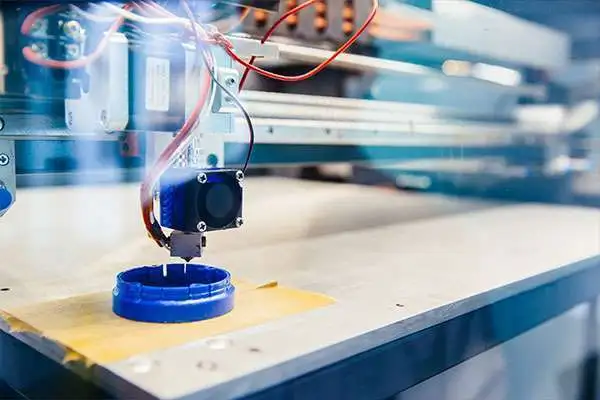Customer Login
Designing For Additive Manufacturing: Best Practices For Successful Product Development
- Home
- Blog Details

- March 27 2023
- admin
Table of content
Top 8 Best Practices For Successful Product Development
- 1. Start with a thorough understanding of the technology
- 2. Optimise parts for the build process
- 3. Reduce material usage
- 4. Consider post-processing requirements
- 5. Optimise for material properties
- 6. Use design software that supports 3D printing
- 7. Incorporate tolerances
- 8. Collaborate with experienced 3D printing partners
- 9. Test and lterate
Conclusion
Top 8 Best Practices For Successful Product Development
1. Start with a thorough understanding of the technology
Additive manufacturing has changed how complex parts are made, making it possible to make structures that were once impossible to make. But if you want to make good designs for 3D printing, you need to know how the technology works.
For example, you need to know about the build volume, resolution and precision of each 3D printing technology and choose the right materials for your design. Also, you need to think about how the parts will be positioned and held up during the printing process. By thinking about these things, you can make designs that work well with the technology and use all of its features.
2. Optimise parts for the build process
Putting together a 3D printer might come with its challenges, which you should think about. For example, you have to think about how the pieces are set up on the build plate to make sure they are supported well when printing.
3. Reduce material usage
3D printing is better than traditional ways of making things in a lot of ways, like being able to use less material. By designing parts to use less material, you can make products that are more environmentally friendly and make less waste. One way to do this is to build with lattices, which are strong but use less material. Putting these structures into designs can help make parts that are light but strong, useful, and long-lasting.
4. Consider post-processing requirements
When a 3D print is finished, it may need to be cleaned or finished. It is called “post-processing”. Keep these needs in mind when you’re designing, since they could make the production process take longer and cost more. By making parts that are easy to clean and polish, you can save time and money during post-processing. Also, if components are designed with as few support structures as possible, they may need less post-processing.
5. Optimise for material properties
When designing parts for 3D printing, you need to think about how the materials work. During the printing process, for example, some materials may be more likely to bend or change shape, while others may be more likely to break or crack. If the designs work well with the properties of the chosen material, the parts will be strong and useful.
6. Use design software that supports 3D printing
A key part of the DFAM process is the use of design software. If you use software made just for 3D printing, you can make designs that work best with the technology. These software tools can help you find problems, like places that might need more support, and give you ideas on how to fix them.
7. Incorporate tolerances
Tolerances are the allowed differences from a given dimension that designers must take into account when making things for additive manufacturing. Since the accuracy and precision of 3D printing processes vary, planning with tolerance in mind may help avoid problems like pieces that are too tight or too loose. Tolerances in the design can also help make sure that the pieces fit together right and work as planned.
8. Collaborate with experienced 3D printing partners
Working with people who have already used 3D printing can help you make your designs better. These partners can tell you important things about what you can and can’t do with 3D printing technology. They can also show you ways to make your printing more effective and efficient.
9. Test and lterate
Testing and iterating are important parts of making a good product, and they are even more important when designing for additive manufacturing. Because 3D printing technologies are always changing, it’s important to keep up with the latest changes and to keep testing and improving designs. With 3D printing, prototypes can be changed and tested quickly, so design flaws can be found and fixed quickly before the product goes into production.
Conclusion
To design for additive manufacturing, you have to change the way you think about things. When designing for efficient and effective production, 3D printing’s unique strengths and weaknesses must be taken into account. By following the best practices in this article, you can make sure that their parts are good for 3D printing. This will lead to faster production, less material waste and more environmentally friendly products.
If you want to elevate your additive manufacturing processes and stay ahead in the competitive market, Prescient Technologies can be your go-to partner. With our state-of-the-art software development services, we can help you get revolutionary results and improve how you use 3D printing and other “additive manufacturing” techniques.
Get in touch with us today and take your product development to the next level.
References:
- adminhttps://www.pre-scient.com/us/author/webwideit/
- adminhttps://www.pre-scient.com/us/author/webwideit/
- adminhttps://www.pre-scient.com/us/author/webwideit/
- adminhttps://www.pre-scient.com/us/author/webwideit/